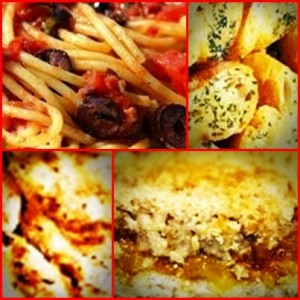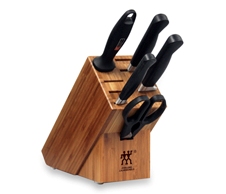Stay-at-home moms like me spend a good portion of the day in the kitchen. Even with the conveniences of modern kitchen tools and appliances, it still takes time to prepare and cook three full meals a day. Add to that afternoon snacks and cleaning up. This makes having a clean and orderly kitchen essential not only for health purposes but also for having a good mood the entire day.
Before the year ends, give your kitchen a quick makeover just in time for busy holiday cooking. You can give your kitchen a facelift without spending your entire month’s salary. Here are three very affordable for a quick kitchen makeover:
Fresh Paint. Re-paint the walls, counters, and shelves. You may choose to change the color of everything in the kitchen or focus on just the walls or shelves. A fresh coat of paint not only makes your kitchen look new, it also inspires you to whip up more yummy treats.
New taps. Old taps that drip or are rusted have no place in the kitchen. Not only do they waste water, but they look unsightly too. Use Workhouse Plumbing and Gas – Stafford or a similar plumbing company to have your taps replaced and get your kitchen sink sparkling again. Consider a low-flow tap to reduce your water bills too!
Light Dressing. You’d be surprised that something as simple as changing your bulbs can change the entire atmosphere in your kitchen. Check out some monorail lighting systems that add drama while illuminating your kitchen. If you have mostly white surfaced in your kitchen, pendant lights would provide gentle illumination. Do also opt for greener options such as LED lights.
Shelf Life. Add new shelves for more storage to de-clutter your kitchen. You can add additional partitions to your existing cabinets for a more organized pantry. You’d also need spring hinges so click here for some good choices. Before adding new shelves and cabinets, take note of the tools, supplies, and food that you normally store so you can tailor fit the shelves to your own liking.


Thanks for sharing about these free printables.
I have been a musician for years, and this is the best article I have ever read on learning to…
Great info! Whenever I have a clogged sink or drain, I call my local pluber for drain cleaning services in…
No matter what treatment you use, your gums are more likely to be sensitive to the chemicals used to whiten…
Hi Olga nice to meet you. Like you I’ also longing for my daughter who is already an angel in…